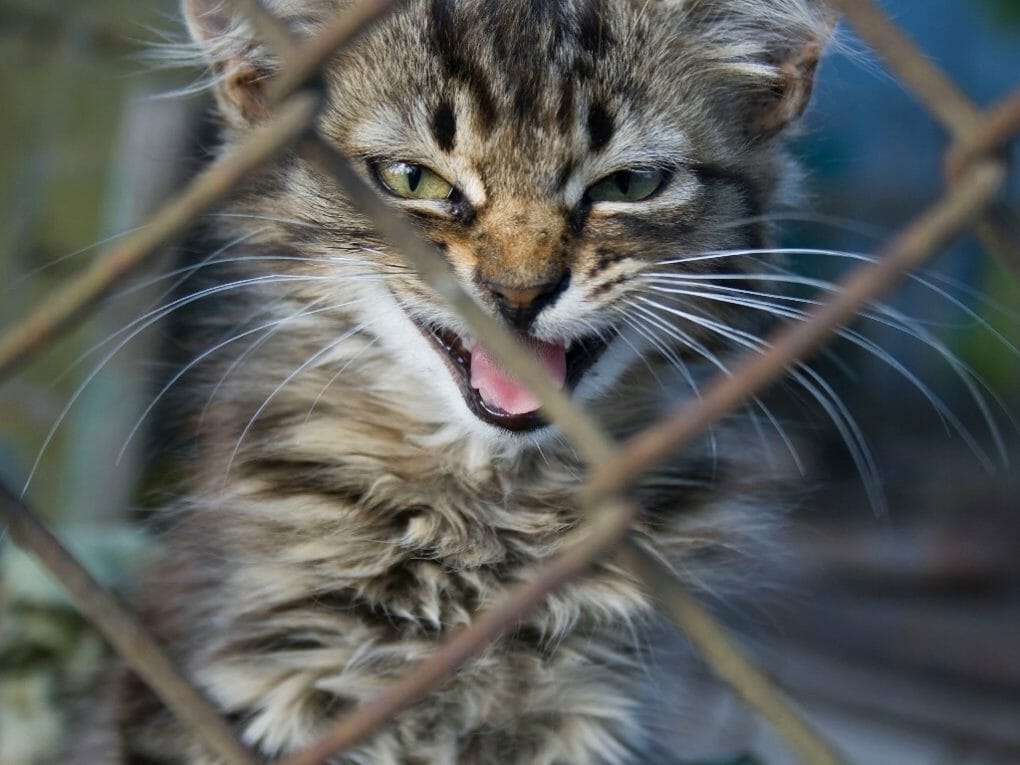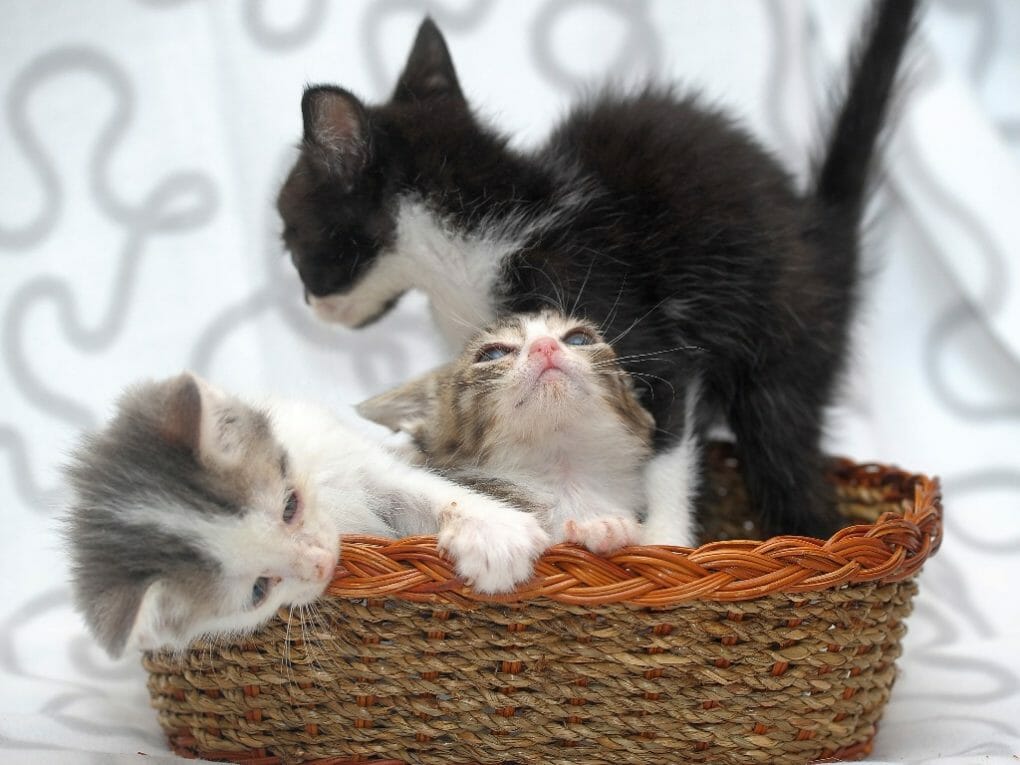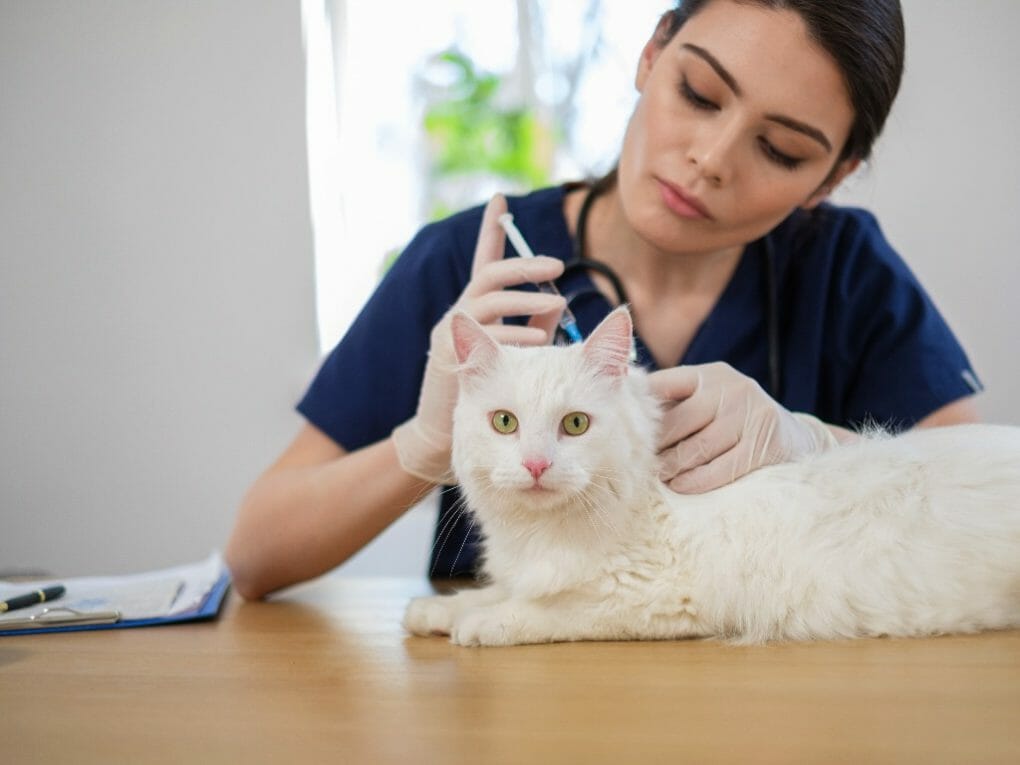How to Tell if Your Cat Is in Pain: The Quick and Easy Way to Knowing Your Pet’s Woes


A common symptom of pain in cats can be decreased activity, reluctance to move, hiding, and whimpering. If your cat displays any of these symptoms, it may be time to take them to the veterinarian for further examination.
It can be tough to tell when your cat is in pain, but there are a few signs to watch out for. If you see any changes in your cat’s diet or eating habits, this may also mean that your pet is in pain. Changes in appetite can often accompany other types of injuries or illnesses, so it is essential to consult your veterinarian if you notice any such changes.
Table of Contents
Symptoms of Pain in Cats
Changes in Behavior
Changes in behavior are one of the most common signs of cat pain, and they can range from subtle to stark. For example, if your cat is eating or drinking less, sleeping more or less, or having a reduced energy level, there’s a good chance they’re in pain.
If you think your cat may be in pain, use these signs as a guide to take them to the vet for a check-up and treatment plan. By knowing how to identify when your cat is in pain, you can take care of them better and ensure they have a smooth and pain-free life!
Grooming Changes
Another common sign of pain changes in grooming. Your cat may stop cleaning herself or exhibit unusual behavior regarding their coat, such as constantly rubbing against objects. If you notice any changes like this, it’s worth bringing your cat in for a checkup so the vet can determine if there’s something wrong with their health and prescribe the best treatment plan.
Decreased Energy and Activity
If your cat is generally active and happy, one sign that they’re in pain is decreased energy. If your cat doesn’t have the same zing for life, it is a good idea to bring them in for an examination.
There may be something wrong with their health that needs attention, and you can help get them on track by taking them to the vet.
Changes in Sleep Habits
Changes in sleep habits are one of the most common signs that your cat is in pain. In addition, if your cat stays in one spot for an extended period, it might be in pain. If you think your cat is injured or sick, take them to the veterinarian immediately!
Watch for signs of stress, such as hiding from you or other people, refusing to play, or swatting at things on the floor randomly. If you see any of these signs, act fast and take your cat to the vet!
Eliminating Outside of the Litter Box


If you’ve noticed that your cat is eliminating outside the litter box more often, it might be a sign that they are in pain. Cats who are in pain tend to urinate and defecate more than usual. If your cat may be experiencing some pain, monitor its behavior and keep an eye out for any changes. If anything seems off, take them to the veterinarian for a diagnosis!
Decreased Appetite and Thirst
Cats in pain tend to drink more water and eat less food. However, sick or injured cats usually lose weight and have a reduced appetite. On the other hand, they might also become extremely thirsty and drink more water than usual.
Changes in Posture and Facial Expressions
When it comes to knowing if your cat is in pain, there are a few signs to watch for. Changes in posture and facial expressions are the most reliable indicators, so keep an eye out for them.
If you notice any of these signs, it’s best to take your cat to the veterinarian as soon as possible. Additionally, watch for lip licking, yawning, chewing on furniture or other objects, or turning away from you. Knowing the signs of pain is vital in helping you take care of your cat in the best way possible.
Why Cats Don’t Always Show Pain
There are a few reasons why cats might not always show signs of pain. First, a cat’s temperament and behavior can often clue us into what is bothering them, and it may simply be too busy dealing with the problem to let us see it.
Additionally, some injuries don’t always cause obvious outward signs; for example, if a kitty had his tooth knocked out, but there is no visible bleeding or swelling present, you may not be able to tell that he is in pain. In these cases, taking your cat to the veterinarian for an exam will help rule out any potential injuries and help you provide the best possible care.
Treatment for Cats in Pain


When treating cats in pain, it’s essential to monitor their symptoms. This way, you’ll be able to determine how well they’re doing with the treatment and whether or not there’s a need for further treatment.
Many treatments are available for cats in pain, so it’s essential to choose the one that will work best for your feline friend. If you think your cat is experiencing pain, the first step is to get them to a vet.
Numerous things can cause pain, so it’s crucial to find out what’s causing it so you can treat the root of the problem. But, in the meantime, keep them comfortable and happy.
